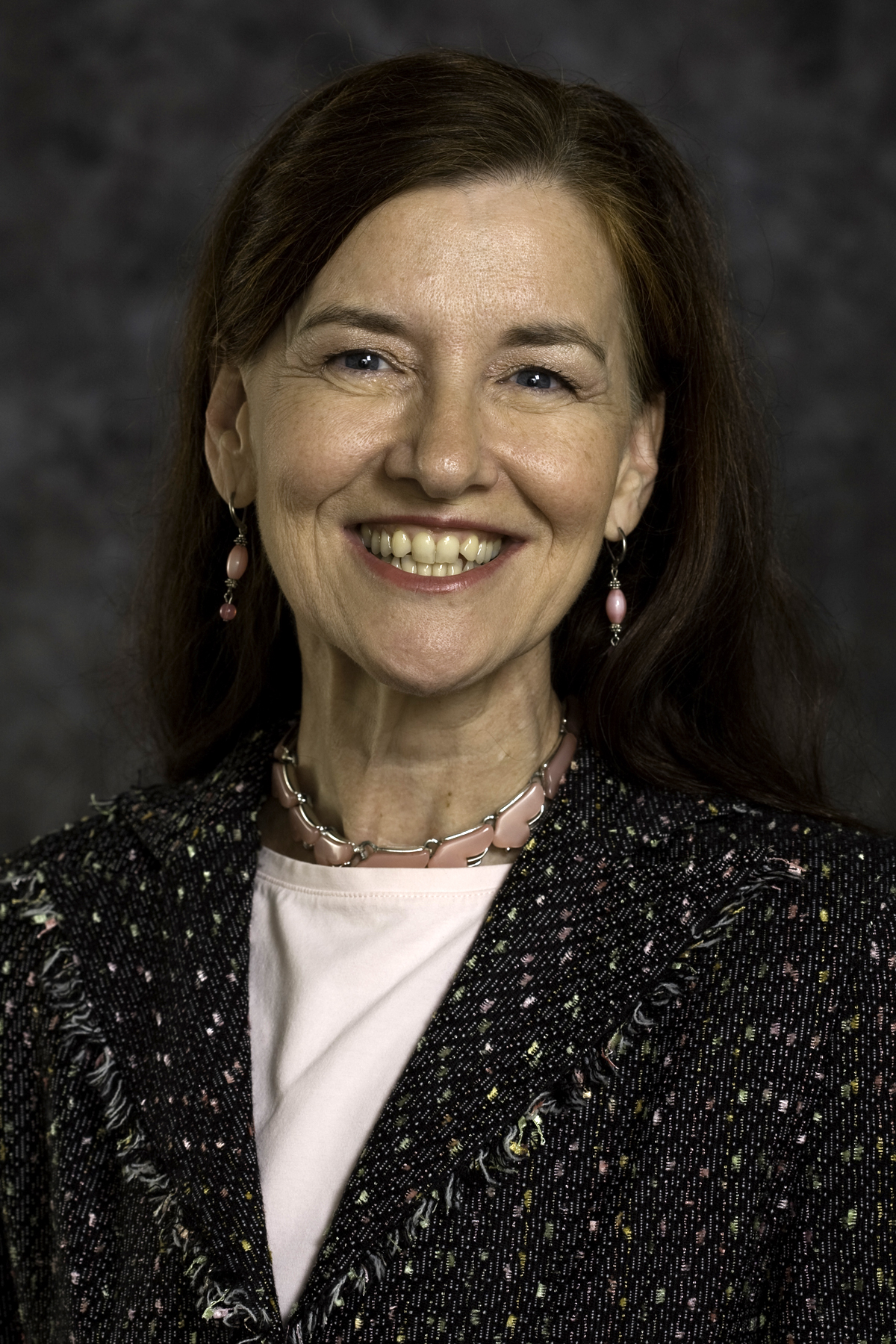
FAYETTEVILLE, Ark. – Choctaw, a language that once was used for government, commerce, school and church in the Oklahoma Territory, faces extinction. In a program that could become a model for other threatened languages, Freddie A. Bowles, foreign language educator at the University of Arkansas, works with the Choctaw Nation to preserve and revitalize this indigenous heritage language.
In addition to helping develop educational materials, Bowles is preparing teachers to teach Choctaw as a foreign language in the public schools. She will present initial results of the teacher-training program on April 25 to the 2008 international conference of the National Council of Less Commonly Taught Languages.
“The challenges for preserving a language appear daunting when viewed from a wide perspective, but when we narrow our focus to the individual, to the family, and to the community, we begin to experience the possibility of establishing a model. The Choctaw Nation has taken that first step,” Bowles said.
By the turn of the 21st century, Bowles reported, Choctaw leaders became aware that their language “was beginning to disappear with the elders.” Only 4,000 established speakers of Choctaw remain, and most children are not able to speak the language with any fluency.
“Why should we care if a language dies out?” Bowles asked. “When a language is lost, we lose a piece of our cultural heritage, and we lose a piece of ourselves.
“For the Choctaw people, when language is lost, culture is lost, too. There’s never a perfect translation of lore and history. Language shapes our thoughts and creates our world view, so it is important to people’s identity.”
Curtis Billy, a Choctaw language teacher at Southeastern Oklahoma State University, reflected on the loss of culture that comes with the loss of language, telling Bowles that without their language, tribal members would be “another white person in brown skin.”
In 2001, the Choctaw Nation initiated a pilot program with the Oklahoma Department of Education to teach Choctaw in the public schools as a foreign language that would meet requirements for graduation.
Headquartered at the tribe’s Oklahoma School of Choctaw Language and Culture in Durant, classes go out to schools in southeastern Oklahoma via Interactive Educational Television, a system that allows a teacher in a studio to teach classes at several schools at once. Cameras and microphones permit the students and teacher to interact from a distance much the same way they would in a traditional classroom. More than 2,500 students in 43 schools from 10 counties are enrolled in Choctaw language classes. Some of the schools have no students with Choctaw heritage; others have a high percentage of Choctaw students.
Bowles explained that as a language, Choctaw is different than English or Spanish.
“Native American languages are more conceptual as opposed to symbolic,” she said. “For example, when a Choctaw speaker talks about going fishing, she is talking about sustenance, not an activity.”
Bowles brought her experience in foreign language education to the Choctaw Nation’s language program. The program’s 11 teachers were experienced public school educators who were fluent in Choctaw but were not certified to teach a foreign language. Because Choctaw is the first native language to be taught in the schools as a foreign language, no teacher licensure exam exists specific to the language. Until such a test is developed, licensure in teaching English as a second language was selected as the most appropriate for the faculty.
To prepare the Choctaw language faculty for the English as a second language exam, Bowles conducted an intensive two-day workshop, focusing on test strategies, terminology and writing practice. To continue the review of teaching English as a second language, Bowles and a research assistant e-mailed a series of “Tips and Strategies” to faculty each workday for four weeks. The teachers also met weekly to practice test-taking and review the materials sent by Bowles.
The teachers reported that the preparation was key to their success in taking the test. The peer-reviewed writing was especially helpful, as well as the “Tips and Strategies.” Students were prepared with the terminology and theory necessary to answer test questions.
In the long-term, Bowles reported, the Choctaw Nation is looking for other ways to preserve its language. Building on established research that shows the most effective way to preserve a language is through intergenerational transmission, there are several possibilities for early childhood language exposure.
“An emerging idea is to identify a group of children and parents committed to learning the language fluently and becoming teachers of Choctaw,” Bowles said. “There is also discussion about creating bilingual education beginning with a Headstart program.”
Bowles noted that Maori, Hebrew and Welsh have all been successfully revived. She is optimistic about the prospects for the Choctaw Nation: “They are teaching the language to the community in multiple venues and contexts. They are committed to building a model of language teaching and learning that is effective for Choctaw language preservation but that could also be adapted by other tribal nations. The vision is there in Durant, Oklahoma.”
Freddie A. Bowles is an assistant professor of foreign language education in the College of Education and Health Professions at the University of Arkansas.
Contacts
Freddie A. Bowles, assistant professor, foreign language education
College of Education and Health Professions
(479) 575-3035, fbowles@uark.edu
Barbara Jaquish, science and research communications officer
University Relations
(479) 575-2683, jaquish@uark.edu